The Honor View 20 is certainly one of the more unique devices to hit the market so far, and that's in a good way. It's notable for its hole-punch display that takes the place of the traditional notch, along with its 48-megapixel rear camera, the highest resolution of any mainstream smartphone.
But it also has a stunning glass design. It's missing some of the key features of Huawei's other flagship devices, but the Honor View 20 definitely stands on its own.
Specs
| CPU | HiSilicon Kirin 980, dual-core 2.6GHz Cortex-A76, dual-core 1.92GHz Cortex-A76, quad-core 2.8GHz Cortex-A55 |
|---|---|
| GPU | Mali-G76 MP10 |
| Body | 156.9x75.4x8.1mm (6.18x2.97x0.32in), 180g (6.35oz) |
| Display | 6.4 inches, 1080x2310, 398ppi, IPS LCD |
| Camera | 48MP, Front - 25MP |
| Aperture | f/1.8, Front - f/2.0 |
| Video | 4K - 30fps, 1080p - 60fps, Front - 1080p - 30fps |
| Camera features | PDAF, TOF 3D camera |
| Storage | 256GB |
| RAM | 6GB |
| Battery | 4000mAh |
| Price | €569 |
Design, that beautiful, beautiful design
The Honor View 20 caught headlines for being the first with a 48-megapixel camera, or with a hole-punch display instead of a notch, but what caught my eye was the design. It's simply stunning. Just like any other premium handset, it has a glass back, but what makes it unique are the reflective arrows that run across the back.

The metallic arrows point downward, and they move with the reflection. It's unique, it's beautiful, and it's something that the smartphone market needs to see more of. I've praised Huawei for its unique designs before too, such as with the gradient colors on the Mate 20 Pro. Too often we see companies putting out phones with a glass back and a metal frame, and it's just more of the same. The glass back is black, white, or a metallic shade of blue, but it's just bland now. It's getting old, and it's just so refreshing to see a company playing with colors and designs.
The Honor View 20 that Huawei sent to me is the blue one, although it also comes in red and black. The black one is particularly interesting because, while the red and blue ones have arrows in different shades of their respective colors, the black one actually has different color arrows.

Also on the back of the device is a fingerprint sensor, which means that the View 20 doesn't have the in-display sensor that's found in the Mate 20 Pro. This could have something to do with the hole-punch display, as there isn't a notch where facial recognition sensors could be held. Without that backup facial recognition tech, an in-display fingerprint sensor might not be good enough to stand on its own.

Above the sensor, and in the top-left corner, is the camera module, which we'll talk more about later. To the right of that is the 3D time-of-flight camera, which is used for sensing depth among other things. And housed in the same unit is the LED flash.

On the top of the handset, you'll find the 3.5mm combo audio jack that's being removed from so many flagship phones these days. On the bottom, there's a USB Type-C port for charging along with the speaker grille. The right side is where you'll find the power button, and the volume rocker is above that. And finally, on the left side is a slot for two nano-SIM cards.
Hole-punch display
The Honor View 20 includes a 1080x2310 LCD, and there's no notch. Instead, there's a hole cut out of the screen for the front-facing camera, and I love it. 2018 was the year of the notch, and it seems that 2019 will be the year of hole-punch displays, and Honor is first out of the gate. I find that it's much less obtrusive than a full notch, and I barely notice it.

Frankly though, I don't love how the trend is to eliminate bezels at all costs. Narrow bezels present their own problems, such as false touches on the screen. They look pretty though, and that seems to be the point of everything these days. Even this very device has a glass back, making it more prone to breaking than with aluminum, but it doesn't support wireless charging, so there are no actual functional benefits.
Also, while the hole-punch isn't obtrusive, you can still turn it off if you want. After all, haters will always hate.

The screen is definitely one of the better LCDs out there, although OLED would still be better. I'd comment on the color accuracy, but you have plenty of control over the color of the display. You can choose between normal and vivid options, choose a color temperature from anywhere on the spectrum, and then choose between warm and cool settings.
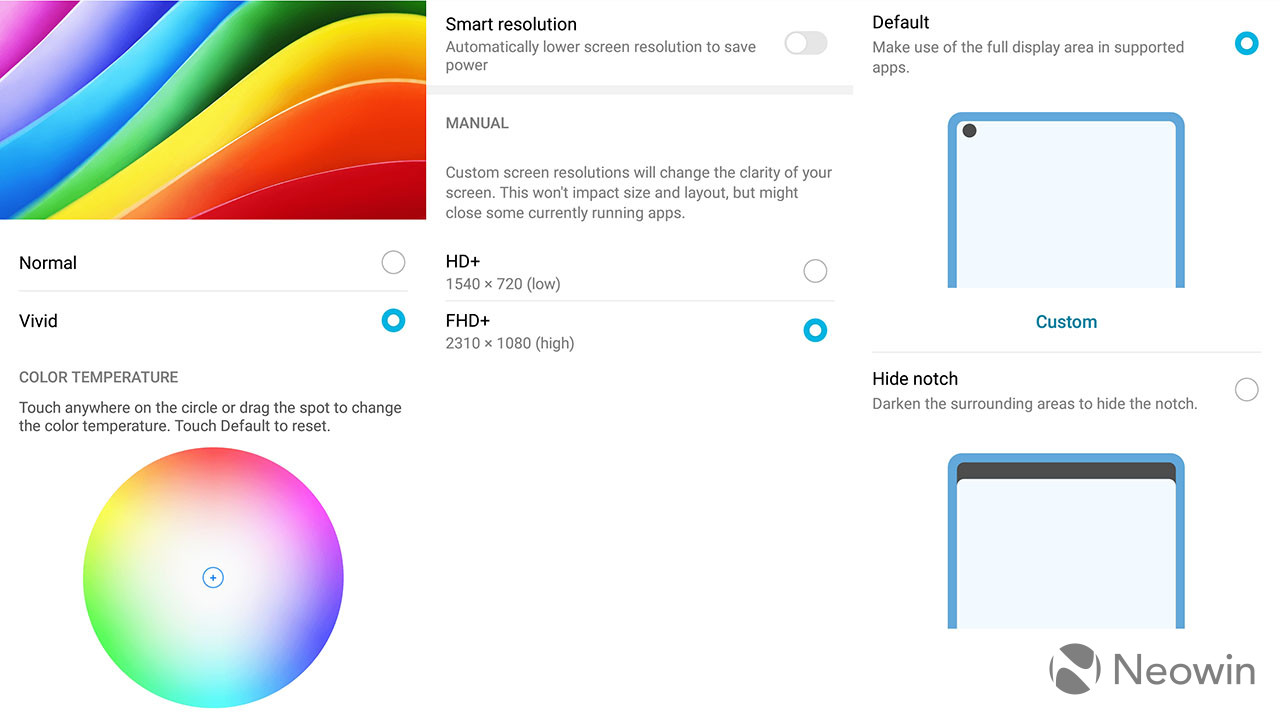
There's also an eye comfort mode, which is the same as any night mode. The idea is to cut down on blue light at night, and that's supposed to help you to sleep better. You can also adjust the screen resolution, bringing it down to 720p, although by default, it has a feature called "smart resolution" that adjusts it automatically.
€569 is a pretty low price for a flagship phone, so while I would prefer OLED, I'm happy with a premium LCD.
The 48-megapixel camera
The Honor View 20 has a 48-megapixel camera, using Sony's new IMX586 sensor. Even though it's a half-inch sensor, a camera with such a high resolution shouldn't get great low-light performance due to the smaller pixels. Sony is using something called Quad Bayer technology, which effectively merges four pixels into one, so you can still get a better 12MP image in low light.
Unfortunately, the Camera app doesn't make it that easy. You can either set the resolution to 48 or 12 megapixels, but there's no setting that allows for both. You also can't zoom in at 48 megapixels, so every time you want to switch it up, you have to go into the Camera app's settings, which is a pain.
There's a toggle for the AI camera at almost every resolution, except for 48MP AI Ultra Clarity mode, which is a beast of its own. It makes use of the 3D TOF sensor to take better images, and I never found it useful. This is another thing you'll find in resolution settings, so you can't just toggle it on or off. It takes two seconds to take the picture too, so whatever you're shooting has to be still.

I don't mind the AI camera on its own though. That's something that Huawei started doing last year when it introduced the Kirin 970 chipset, so now we're on the second generation of it. The device knows what it's looking at now because of the Neural Processing Unit, so it can adjust the settings accordingly if it sees snow, a dog, a cat, food, and so on. If you don't like it, you can easily turn it off or on through a toggle on the main Camera screen.
One thing that's disappointing is that unlike many flagships of today, it does not support 4K 60fps video capture. You can do 4K 30fps or 1080p 60fps, but you have to choose between high resolution and high frame rate.
Here are some samples:
Let's talk about the resolution some more. After all, the Honor View 20 has a single 48-megapixel lens and a 3D TOF sensor, while Huawei's Mate 20 Pro has a 40-megapixel lens, an 8-megapixel 3X zoom lens, and a 20-megapixel wide-angle lens. There's a key difference to how these devices work.
Digital zoom works by degrading the quality of the image; you're essentially cropping it. The camera sensor can see a certain field of view and that's it, and a certain amount of pixels fit into that field of view. If you zoom in on the image, you're just cutting out those pixels and losing quality. Some OEMs have worked around this by creating a second sensor that has the same resolution but a smaller field of view, such as Huawei's 8-megapixel 3X zoom lens.
But the Honor View 20 is straight up digital zoom. Since it's starting at a much higher resolution than most other devices, you can crop it down a lot more before there's any noticeable loss of quality. A 4K display is 8.3 megapixels, and a 1080p display is 2.1 megapixels, so the photos themselves are of a higher resolution than the screen that you're viewing them on.
Some of the images above are 48 megapixels, and some are using the 12-megapixel setting. I took some of the 48-megapixel images and cropped them down, so you can see how well it does when cropped.
You can go back and look at the original images and see that some of these are cropped quite a bit. One thing that you'll notice is that the daytime images look much better, although that's not really surprising. The Honor View 20 really has a phenomenal camera, especially considering the price, but I'll still take the Huawei Mate 20 Pro given the choice.
Performance and battery life
The performance on the Honor View 20 is exactly what you'd expect from a flagship phone, so given the price, it punches well above its weight. The screen is only 1080p, so you might even get a little boost in gaming performance over handsets with a 1440p display.
It uses Huawei's in-house HiSilicon Kirin 980 chipset, which is the same that's found in the Mate 20 and Mate 20 Pro. Honestly, with any flagship phone these days, performance isn't something that you have to worry about. It has Huawei's GPU Turbo feature for better gaming performance too, so you're good to go with this.
Battery life is a non-issue as well, as the 4,000mAh battery will probably keep you going for two days. I charge my phones overnight, and it was never below 50% when I put it on the charger. It got to the point where I stopped charging it overnight because I knew that I could get through at least a sizable portion of the next day without charging it. It charges fast too, so it's really not something you have to worry about.
One other thing that I want to point out is that while the Honor View 20 isn't officially available in the United States, I had no trouble getting 4G LTE at all times on my T-Mobile SIM. Everything works properly. According to GSMArena's specs, the handset only supports LTE bands 1, 3, 4, 5, 6, 8, 19, 34, 38, 39, 40, and 41, so the device doesn't support the full range of T-Mobile's or AT&T's networks, but I never ran into any issues.
For benchmarks, I used Geekbench 4, AnTuTu, and GFXBench. First up is Geekbench 4, which tests the CPU.
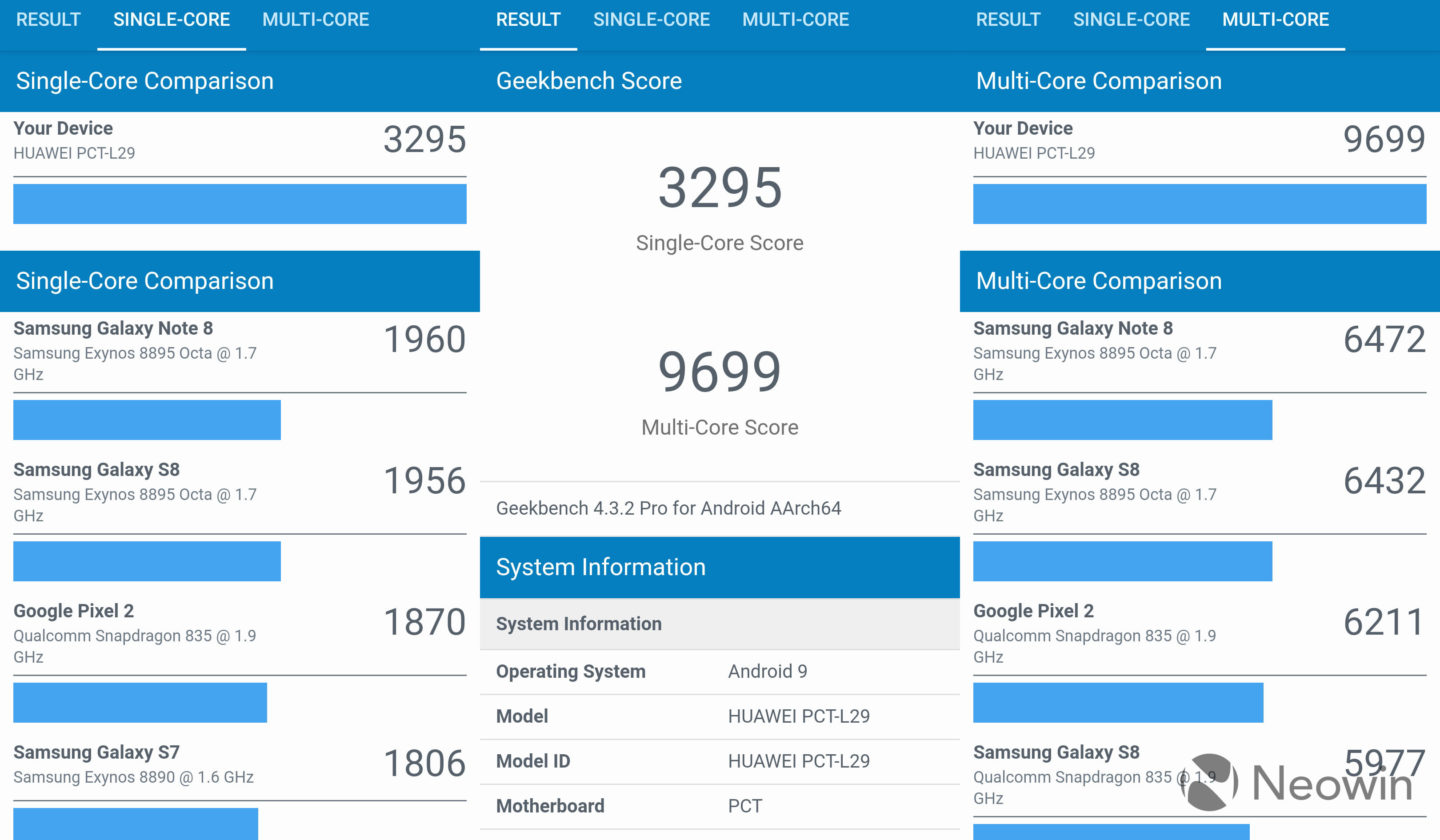
The scores are almost identical to the Mate 20 Pro, and they can be compared to the Pixel 3 XL's single-core score of 2,347 and multi-core score of 8,371. While this does outperform the Snapdragon 845, remember that the Snapdragon 855 is coming very soon. Apple's A12 Bionic still wins out, with the iPhone Xs Max coming in with a single-core score of 4,798 and a multi-core score of 10,731.

The AnTuTu score is slightly better than the Mate 20 Pro, which got 273,185. The LG V40 ThinQ scored 255,425, while the iPhone Xs Max got 312,678. Finally, I used GFXBench to test the GPU.

Conclusion
The Honor View 20 is an awesome device, although it's obviously not perfect. With a glass body, it doesn't support wireless charging, let alone Huawei's "reverse wireless charging" feature that would actually let you charge other devices. And it has a fingerprint reader on the back instead of in the display, and it feels like it gets in the way of what I think is one of the most beautiful smartphone designs ever.

It's also a real bummer that it's not available in the United States, although that's due to the U.S. government's suspicion of the Chinese company. Personally, I think it's a huge disservice to U.S. consumers that there's no easy way to get Huawei smartphones, because they're such great devices.
And the Honor View 20 is no different. It has a 48-megapixel camera, so you can get lots of lossless zoom. I do think that it would work better with a secondary zoom lens, but for the price, it's pretty amazing. The hole-punch display is nice too, given that there's no obtrusive notch.
If you're located in a region where the Honor View 20 is easily available, you definitely can't go wrong with this device. If you want a step up though, go for a Huawei Mate 20 Pro, although you'll end up paying quite a bit more.










































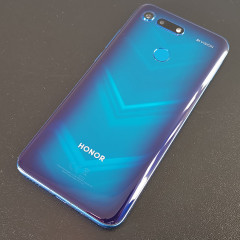
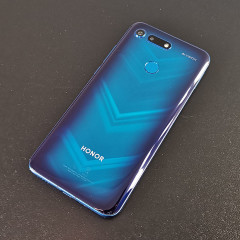
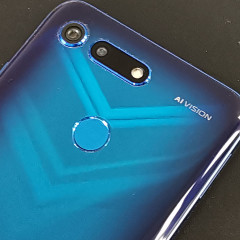

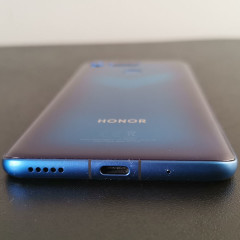

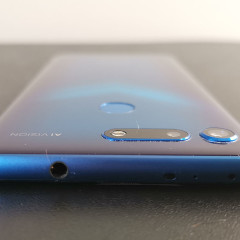
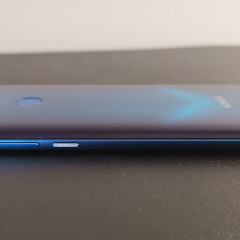
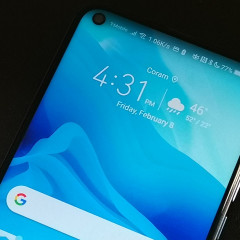
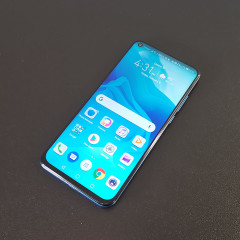
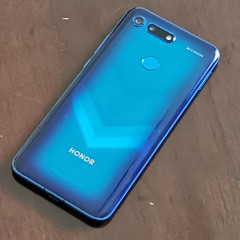











17 Comments - Add comment